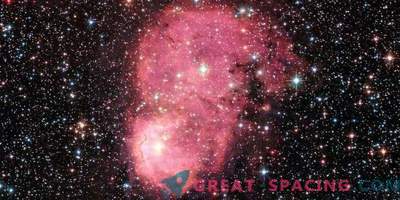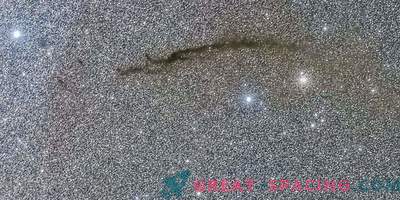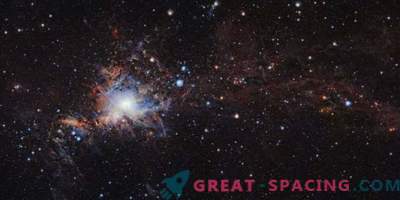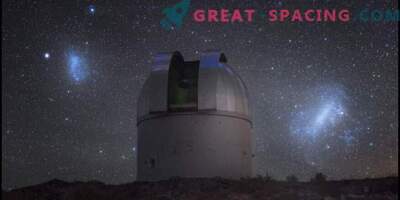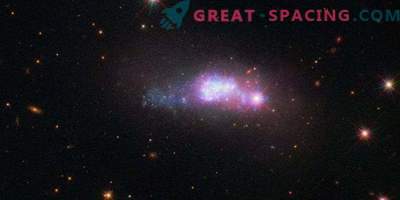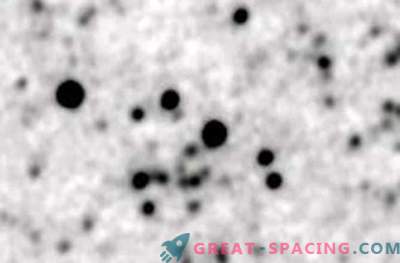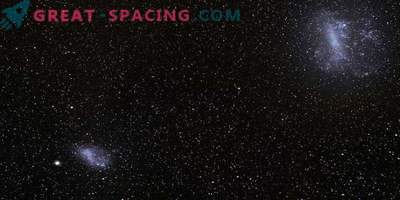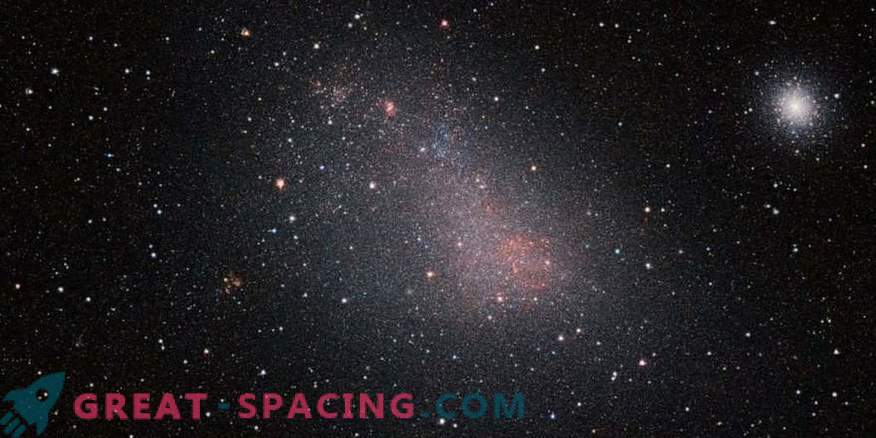
The Small Magellan Clouds Galaxy is a bright feature of the southern sky, even for the naked eye. But the telescopes of visible light can not get a really clear picture of the real picture, as clouds of interstellar dust obscure the view. But this is not a hindrance to the VISTA infrared telescope.
The infrared capabilities of VISTA allowed astronomers to see the myriad stars in the Small Magellanic Cloud galaxy much clearer than ever. They were able to get the largest infrared image.
The Small Magellanic Cloud is a dwarf galaxy and the smaller twin of the Large Magellanic Cloud. These are our two closest neighbors, located 200,000 light years away.
Relative proximity to Earth makes them ideal candidates for studying star formation and evolution. But the observations themselves are difficult to carry out due to interstellar dust, which scatters and absorbs some of the stellar radiation.
This situation does not allow to view the image in visible light. But infrared radiation is much easier to get through the dust, helping to figure out the situation with new stars. The VISTA telescope was designed for infrared imaging. The purpose of the review of the Magellan Clouds is to display the history of star formation, as well as three-dimensional structures. The device allowed to consider the millions of stars that previously hid behind dust.
The whole frame is filled with stars of the Small Magellan Clouds. It also includes thousands of background galaxies and several bright star clusters (47 Toucan - on the right). The entire wealth of the image was analyzed by an international team led by Stefano Ruble from the University of Padua. They used ultramodern star models.
The telescope showed that most stars were formed much later than in larger neighboring galaxies. This first result is only a warm-up before even more global and important discoveries that will help fill in the blank spots on the maps of the Magellanic Clouds.




